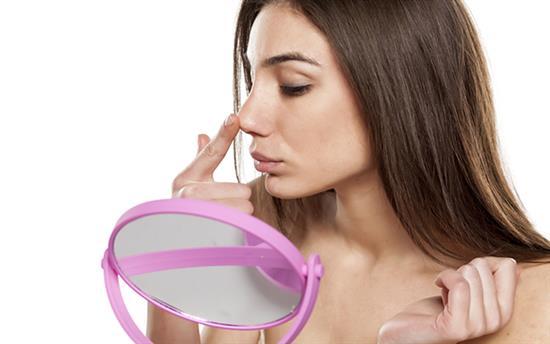
For people who feel their nose is the wrong shape, size, or simply not ‘right’ for their face, accepting their natural face can be difficult. Many individuals feel that their nose is detrimental to the rest of their face, and their overall appearance. For a long time, rhinoplasty (nose re-shaping) has been associated just with have a large nose, or a hump on the bridge of the nose but this is not the case: it is actually an intricate procedure that can offer bespoke results to each and every patient, depending on their complaint and desired results.
Nose reshaping was the second most requested procedure in 2014, according to a survey taken by whatclinic.com. It’s a consistently popular treatment, not least because the nose is the focal point of the face and therefore plays a large contributing role to general attractiveness. Moreover, plastic surgeons have become very well acquainted with rhinoplasty procedures due to their popularity, allowing them to refine their technique and produce reliable and natural results.
Q&A's: Rhinoplasty with Dr Chana
How is Rhinoplasty performed?
Rhinoplasty is performed under general anaesthetic, which means you will be required to stay in a hospital overnight. Mr. Chana works with highly experienced Consultant anaesthetists to ensure the maximum patient comfort and safety. The procedure itself will take between 2 to 3 hours depending on what is required.
Open or closed rhinoplasty?
Rhinoplasty can follow two routes: open rhinoplasty, or closed. The difference lies in the way the incision is made. During an open rhinoplasty, Mr. Chana will make an incision on the nasal column (columella) in order to lift the skin away from the tip of the nose. This leaves a very inconspicuous scar on the columella which is the narrow skin bridge between the nostrils. Open rhinoplasty allows for a more precise and intricate procedure and is particularly helpful for work on the nose tip. In a closed rhinoplasty procedure, the incision will be made inside the nose, meaning any scarring will usually be hidden. In addition, closed rhinoplasty may heal faster than open rhinoplasty.
Whether you are most suited to open or closed rhinoplasty depends on each individual case, and is subject to a consultation with Mr. Jag Chana. During this consultation, he will assess not only what kind of rhinoplasty will be most suitable for you, but also what course of aftercare, anaesthesia and whether any pre-surgery precautions should be taken in your specific case.
Recovery after rhinoplasty?
After the procedure, you should take around two weeks off work in order to recover. During the first week you will have to wear a cast on the nose, which will be provided for you by Mr. Chana’s practice. You should sleep upright, and avoid stopping of vigorous activity for the first few days. This will reduce swelling, as well as the chance of bleeding or excessive bruising. Although you may have black eyes and swelling after you have first had the surgery, the majority of this should subside by the time you return to work if you properly follow the aftercare. The remainder of the swelling or bruising will be easily coverable by makeup at that point.
You should be careful with your nose until you are sure it is completely healed (a follow-up consultation with Mr. Chana will help you to track your progress) and you should wait at least six weeks before resuming any sporting activity, like the gym or team sports. The best results of rhinoplasty will usually show between six and nine months after surgery.
